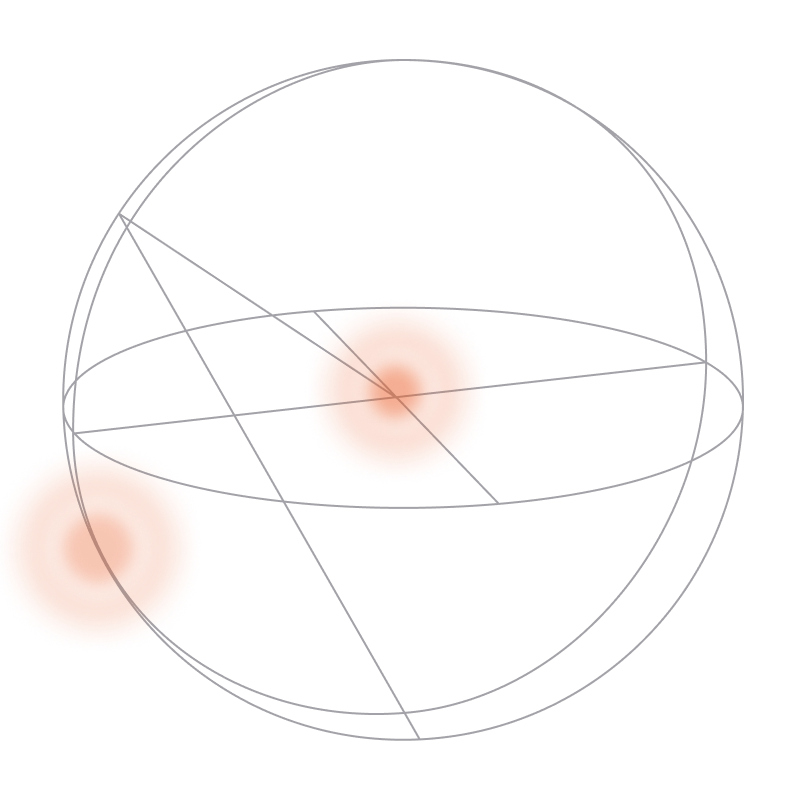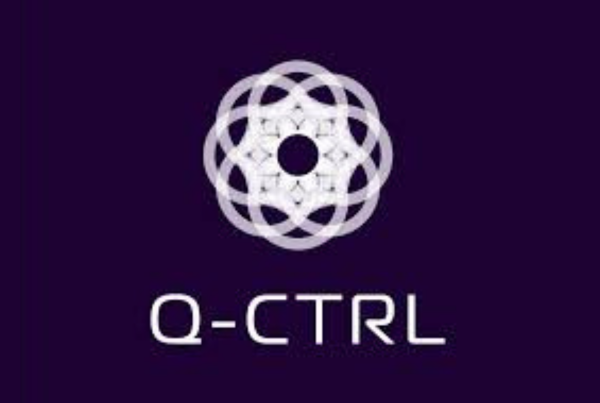
TECHNICAL BLOG
How to use pulse-level control on OQC’s superconducting quantum computer
This post was contributed by Jamie Friel and Bryn Bell from Oxford Quantum Circuits (OQC), and Jordan Sullivan from the Amazon Braket team in AWS.

Jamie Friel
TECHNOLOGY MANAGER: QUANTUM THEORY
Jamie is responsible for building software solutions that will help build a quantum future. In particular building a bespoke quantum compiler that will allow groundbreaking problems to be solved on OQC’s hardware. Before joining OQC, Jamie worked as a software developer for a grid battery company, part of the UK’s national grid goal to bring greenhouse gas emissions to net zero by 2050.
Amazon Braket Pulse enables users to control and modify the low-level analog instructions for quantum computers, to optimize performance or develop new analog protocols, like error suppression and mitigation.
The use of predefined quantum gates is a common approach to perform operations on a quantum computer. However, this approach can be limiting for users who wish to investigate noise characteristics of particular quantum devices or test quantum error mitigation techniques, as these applications require lower-level control of the device, typically called “pulse-level control.”
Users of Amazon Braket and OQC’s private cloud have pulse-level access to OQC’s superconducting quantum device. This provides them the ability to precisely control gate calibration and gain a finer-grained view on fidelity metrics and system characterization. Pulse control on Amazon Braket is based on the open-source OpenPulse library and currently extends to multiple quantum devices on the service in addition to OQC.
In this post, we’ll highlight the power of pulse control in more detail by providing several demonstrations of use cases that it unlocks on the OQC device, down to the level of fundamental quantum physics. Along the way we’ll explain some best practices to get the most out of these devices.
Pulse-level control in the hands of our users
Normally, when you submit a gate-based quantum program to OQC via Amazon Braket, OQC compilers translate the gates into analog pulses, since all quantum computers are indeed controlled with analog signals at the lowest level. In the case of OQC’s superconducting quantum devices, these are microwave pulses. However, users can now bypass the compilation step and directly implement quantum operations with pulse-parameter precision. It enables them to define key characteristics such as: frequency, phase, amplitude, pulse duration, and pulse shape.
Join our newsletter for more articles like this
By clicking ‘sign up’ you’re confirming that you agree with our Terms & Conditions
TALK TO US
Need help?
For more information, or to talk to our team about the most appropriate quantum solution for your needs, get in touch with us today.



